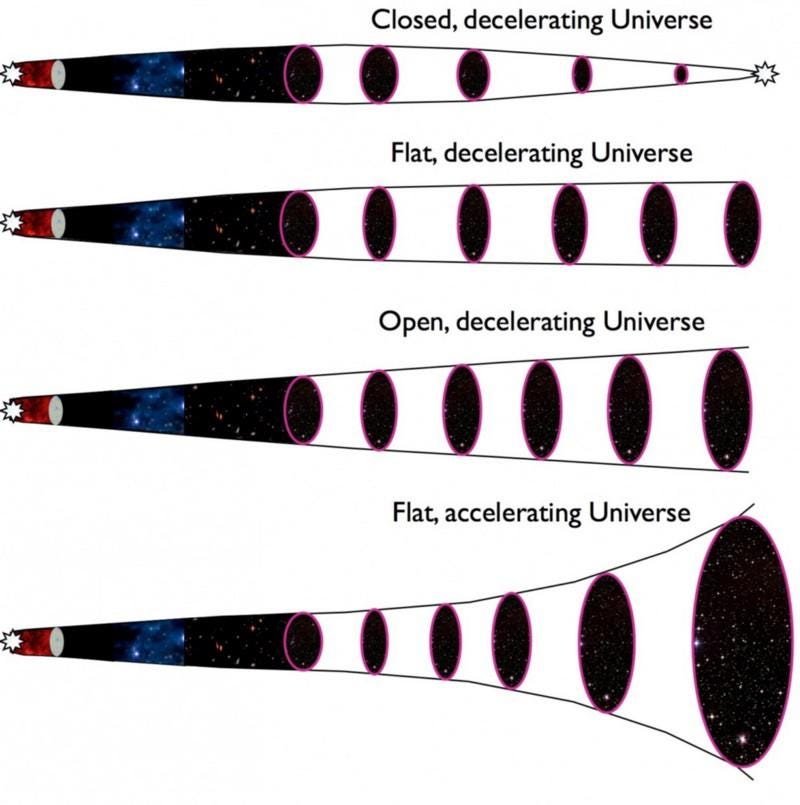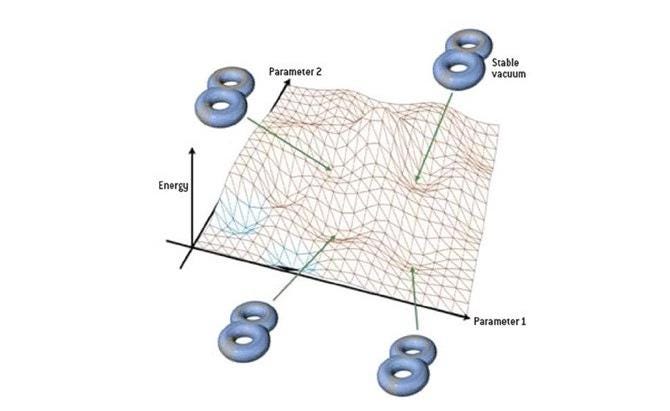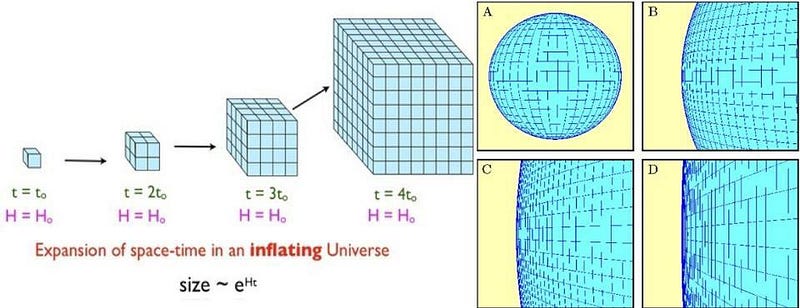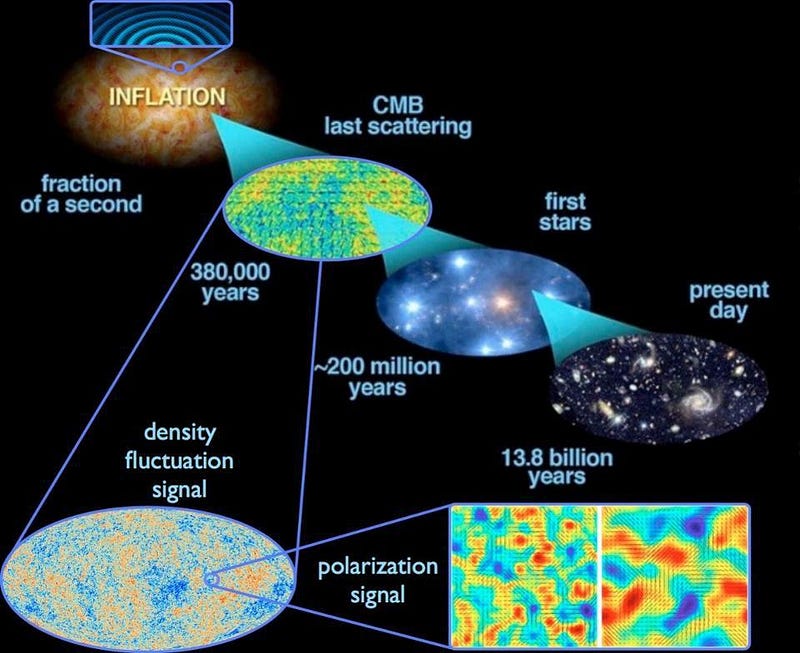The Universe's Fine-Tuning: Evidence of Our Existence
Written on

The Universe's initial conditions seem remarkably suited for life, suggesting a finely-tuned state. A classic analogy is a ball precariously balanced on a hill—an unstable equilibrium—where a more stable position would be at the valley's bottom. This observation prompts a search for a scientific explanation for such delicate balances (Luis Álvarez-Gaumé & John Ellis, Nature Physics 7, 2–3 (2011)).

In the grand scheme of the Universe, gravitation is the predominant force. Despite the greater strength of nuclear and electromagnetic forces, they become irrelevant on cosmic scales. The Universe’s overall neutrality—one electron for every proton—demonstrates this. Consequently, gravitational laws and the total energy content dictate the Universe's expansion rate.

Consider a tall rocky spire on Earth: placing another rock on top would likely result in it toppling, demonstrating that nature rarely maintains such precarious balances. When we observe these odd configurations, we speak of fine-tuning issues.
Fine-tuning is easier to grasp with a simple thought experiment. Suppose I ask you to choose a number between 1 and 1,000,000. You can pick any number, so go ahead. Now I've chosen a number too. The next step is to subtract my number from yours and analyze the result.

Let’s say my number is 651,229. When you subtract it from yours, expect these outcomes:
- A high probability that the result will be a 6-digit number.
- A reasonable chance the result could be negative, with about a 1-in-3 chance of being positive.
- A very slim chance the difference will be 3 digits or less.
- If our numbers match perfectly, there’s likely an underlying reason, such as prior knowledge.
A small difference relative to our chosen numbers illustrates fine-tuning—suggesting a significant reason behind it.

The expanding Universe scenario mirrors this concept: the apparent fine-tuning between the initial expansion rate following the Big Bang and the total energy density from various forms of matter and energy, including:
- Radiation,
- Neutrinos,
- Normal matter,
- Dark matter,
- Antimatter,
- Dark energy.
Einstein's General Theory of Relativity describes the intricate relationship between expansion and energy density. Knowing the composition and initial expansion rate allows us to predict the Universe’s evolution.

A Universe with excessive matter would recollapse quickly, while one with insufficient matter would expand too quickly to form atoms. Our Universe, however, maintains a perfect balance even 13.8 billion years post-Big Bang.
Going back to one nanosecond post-Big Bang, the initial expansion rate and total energy density must align with extraordinary precision—beyond 20 significant digits. This scenario is akin to matching a number from 1 to 1,000,000 multiple times and predicting the outcome of successive coin flips.

The likelihood of such fine-tuning arising naturally is astronomically low. While it's conceivable that the Universe began with this perfect balance, assuming so without further inquiry seems unscientific. In science, unexplained coincidences should prompt deeper investigation rather than resignation to initial conditions.

One troubling hypothesis posits an infinite number of Universes, suggesting we exist only in those where conditions are suitable for life. However, this reasoning is circular and unscientific. It’s essential to seek mechanisms that explain fine-tuning rather than resigning to anthropic principles.
A strong scientific argument would:
- Offer a mechanism for these finely-tuned conditions.
- Generate additional, testable predictions that differ from those without this mechanism.
The latter criterion distinguishes scientific arguments from non-scientific ones. Without testable predictions, discussing other Universes lacks scientific value.

Inflation theory serves as a promising candidate for explaining the Universe's energy balance. It suggests an exponential expansion that flattens the Universe, aligning energy density with expansion rate. Importantly, inflation also yields predictions that can be empirically tested, adding scientific rigor to the theory.

In cases where unexplained phenomena arise, it is our responsibility to seek explanations. Should our investigations yield no other answers, we might conclude a coincidence. However, the goal is to formulate novel, testable predictions; without this, our theories remain disconnected from reality.
The Universe’s precise balance today and throughout its history suggests fine-tuning. With predictions regarding properties like temperature and density fluctuations, verified through observations of the Cosmic Microwave Background and large-scale structure, we may have a viable explanation. Ongoing tests will help confirm if this conclusion holds, but ignoring the fine-tuning issue is not an option. Our existence serves as testament to the Universe's fine-tuning.